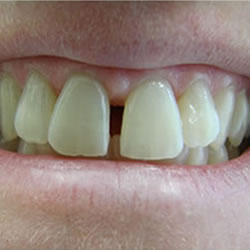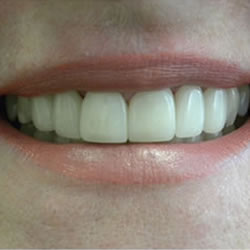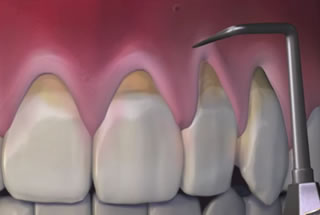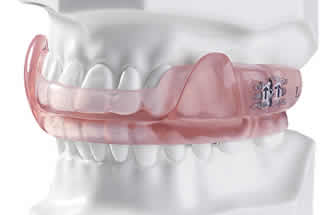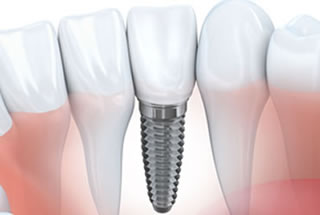Quite often it will be pretty clear you require dental treatment, but sometimes it might not be so obvious. Root canal treatment is used to repair teeth that would otherwise need to be extracted. This therapy is often the only option for badly infected or decayed teeth. Treatment can be more effective if sought sooner rather than later, and can restore your smile. The following article should help you understand this therapy a little better.
A tooth has several different layers. The outer layer or crown is made from enamel and is very hard. Just underneath is a softer layer of material called dentin, and the pulp chamber is right in the center of the tooth. The pulp chamber contains the pulp, which consists of nerves and blood vessels. These nerves and blood vessels extend right into the root canals, located in the roots of the tooth. If a tooth is decayed or damaged, bacteria can enter the pulp chamber, infecting the pulp. There is the danger a dental abscess will develop unless the infection is removed.
Your endodontist in Toronto will drill into the crown of the tooth to access the pulp chamber. Next, they will remove all the infected tissue and will seal up the tooth, covering it with a crown. Root canal therapy is carried out under local anesthetic and should be no worse than a filling. Antibiotics can be prescribed for a badly infected tooth.
The idea of root canal therapy might seem daunting, but it is often the best solution for saving a tooth. Common signs include:
- Severe toothache
- Feeling pain if you bite or chew on the tooth
- The tooth might become darker in color
- It could feel more sensitive to hot and cold
- The gums could swell up or develop a pimple
- If not treated this swelling can spread to the face, head and neck area
If you suspect you have an infected tooth, make an appointment to see your root canal dentist in Toronto as soon as you can for treatment before the condition worsens.

 E-Mail Us
E-Mail Us  416-595-5490
416-595-5490